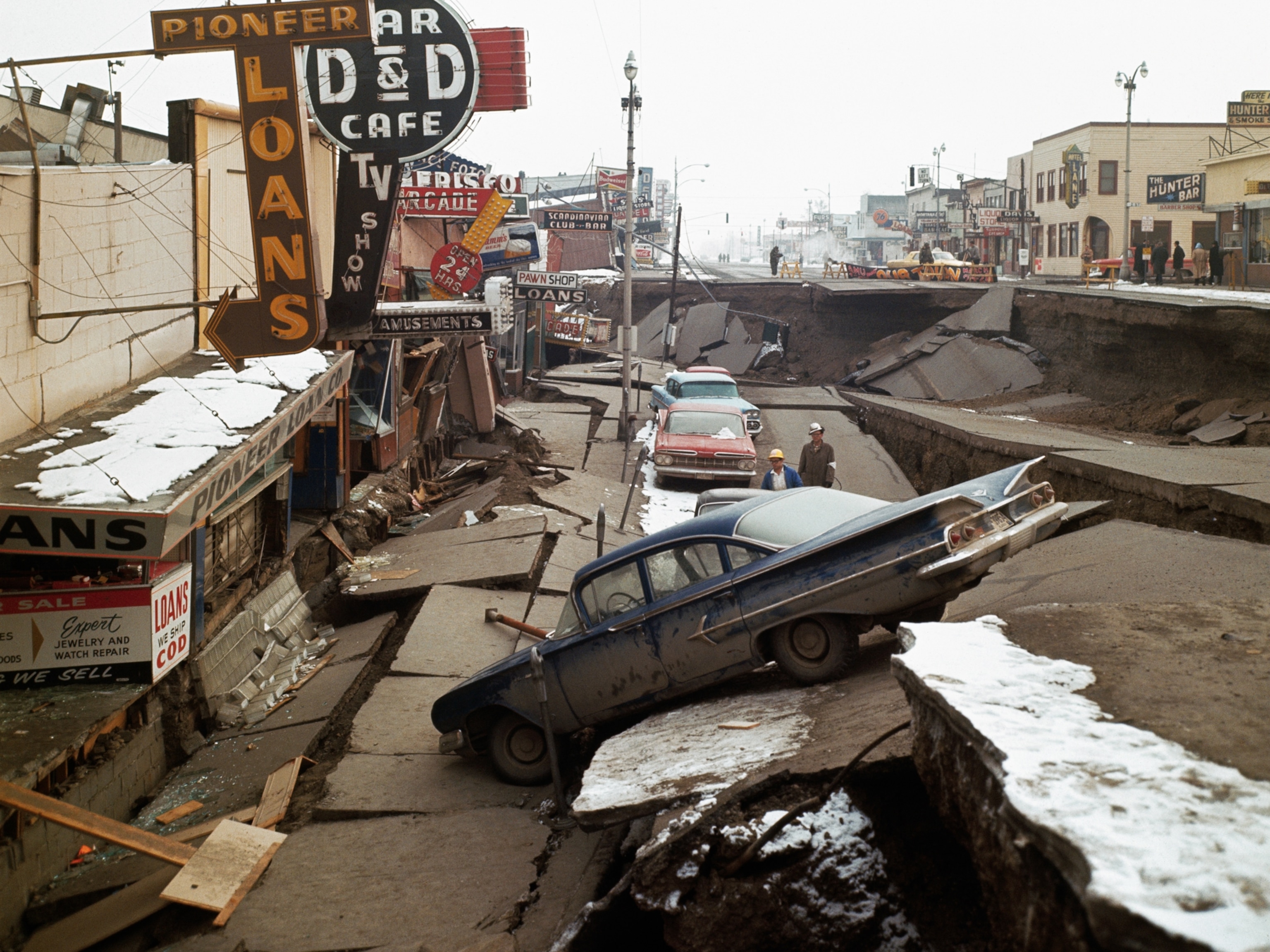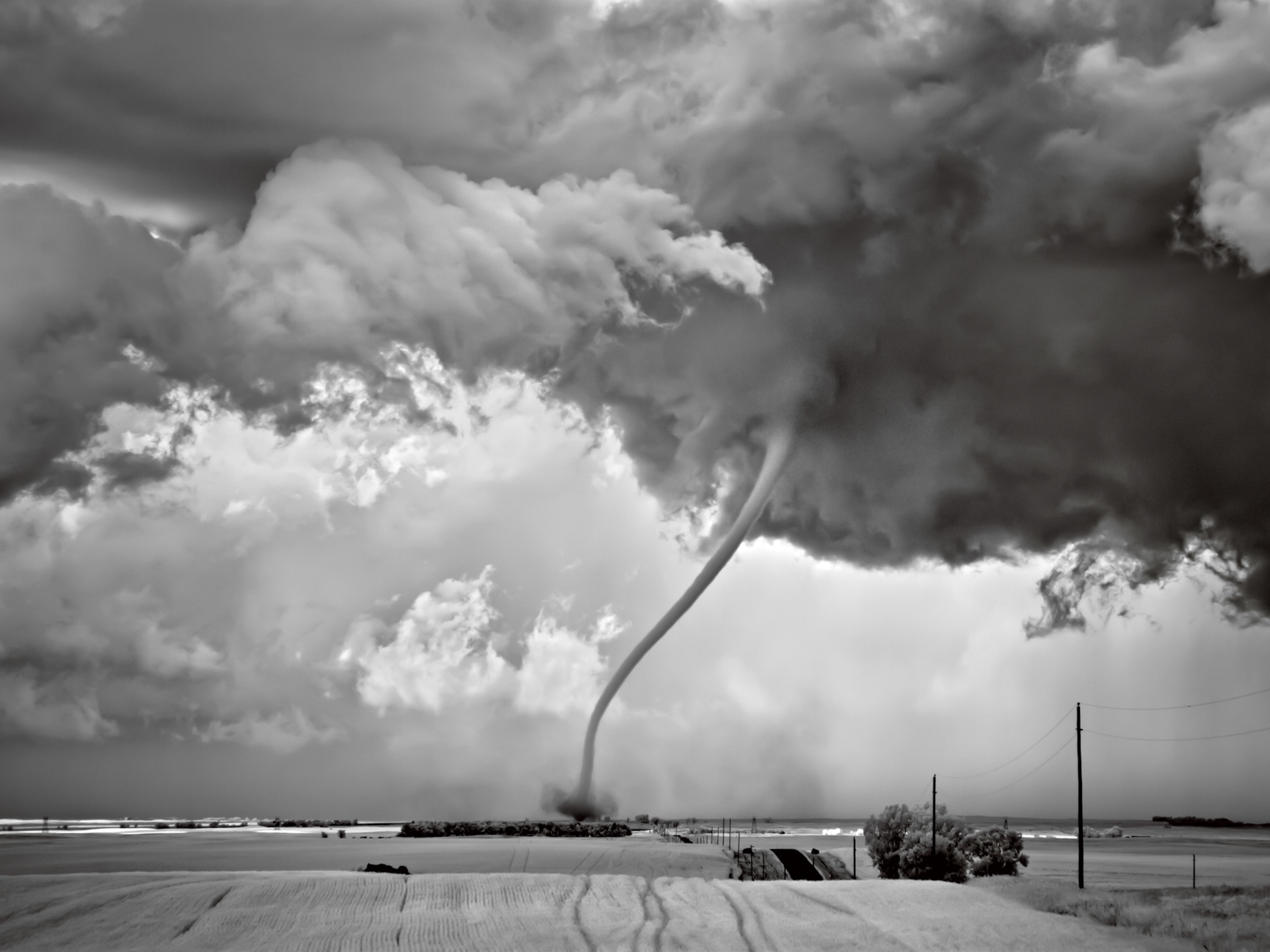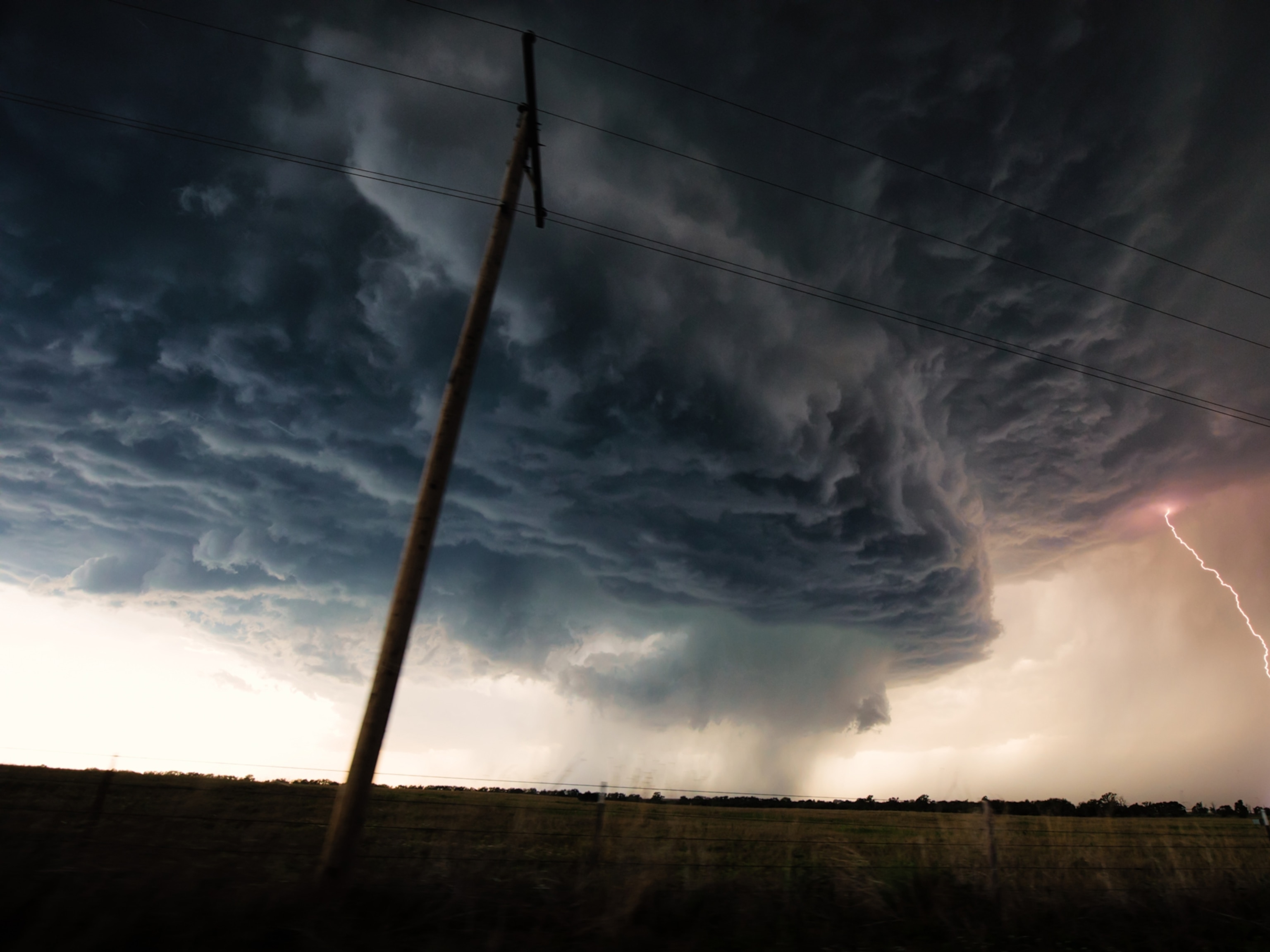Watch a Massive Fire Tornado Sweep the Outback
Also known as a fire whirl, the blazing scene was caught on video in Western Australia.
Perhaps even more intense than a sharknado, a fire tornado was filmed this week in the midwest region of Western Australia.
The whirling storm extended more than 3,000 feet into the air.
This "gob-smacking vision of an incredible natural phenomenon" was made on a camera mounted on a Department of Parks and Wildlife fire truck at Watheroo.
A senior fire scientist for the Australian department, Neil Burrows, says in the agency's narrated video that fire tornadoes are relatively common but are rarely caught on video, in part because they tend to only last a few minutes and are often in remote—and burning—places.
(Fire Tornado Filmed in Hawaii)
Whirlwinds of dusty air (and sometimes flames) spun off of hot fires, the features are also called fire whirls, fire devils, or even firenados (see photos of fire tornadoes in action).
Fire tornadoes often form during intense bush fires with heavy fuel loads, under warm, dry conditions, said Burrows. Energy released by the fire causes columns of hot air to rise rapidly. The thinner the column, the faster the wind—Burrows likens the process to what happens when a figure skater draws their arms in tight.
Wind fanning the fire causes that column of air to twist, forming a small tornado. Wind speeds can reach up to 99 miles per hour (less than the top speed of more than 300 miles per hour for traditional tornadoes).
Fire tornadoes can develop with a central burning core and a pocket of air rotating around that. Combustible gases released by nearby burning vegetation get sucked up into the storm but they may only ignite when they mix with enough oxygen, which might happen farther up the column. The tornado's core is often one to three feet across but can expand up to tens of feet in the largest cases.
All that fire can make for dramatic imagery—and danger to firefighters or anyone in the path of the blaze.
Jason Forthofer, a mechanical engineer at the U.S. Forest Service's Missoula Fire Sciences Laboratory in Montana, previously told National Geographic: "If we can identify conditions that are conducive to fire whirls, that would be a heads-up for firefighters, because there have been some [people] that have been burned by them."
The temperature inside the core of a fire tornado can reach up to 2,000 degrees Fahrenheit (1,093 degrees Celsius)—hot enough to potentially reignite ashes sucked up from the ground.
A video of a dramatic fire tornado in Hawaii was our fifth most popular video of 2010.





